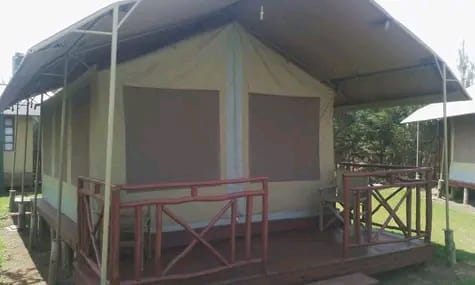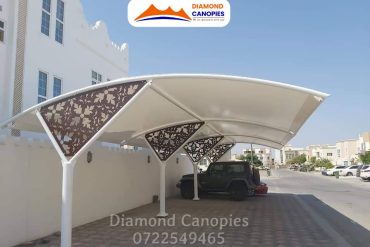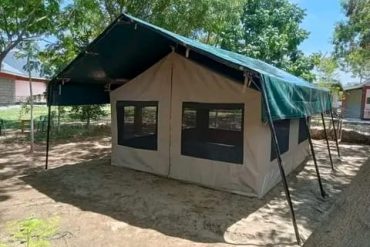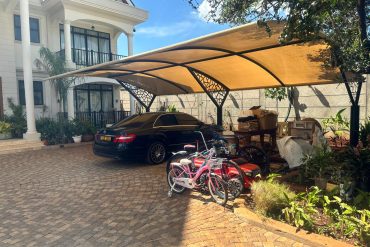Table of Contents
ToggleThe Ultimate Guide to Camping Tents: Choosing Your Perfect Outdoor Shelter
Introduction: Your Home Away From Home
There is nothing quite like the experience of camping. Waking up to the sound of birds chirping, breathing in the fresh, crisp air, and enjoying the serenity of nature is an unparalleled joy. At the heart of this experience lies your most crucial piece of gear: your tent. More than just a piece of fabric, your tent is your shelter from the wind, your refuge from the rain, and your cozy haven for a good night’s sleep under the stars.
Choosing the right tent, however, can feel overwhelming. With a dizzying array of types, sizes, technical specifications, and price points, how do you know which one is right for you? This comprehensive guide is designed to demystify the world of camping tents. We will explore the different types of tents, their intended uses, how to decipher sizing, and the key features that matter most. By the end of this article, you will be equipped with all the knowledge you need to invest in the perfect shelter for your outdoor adventures.
Chapter 1: Understanding Tent Types – Finding the Right Shape for Your Adventure
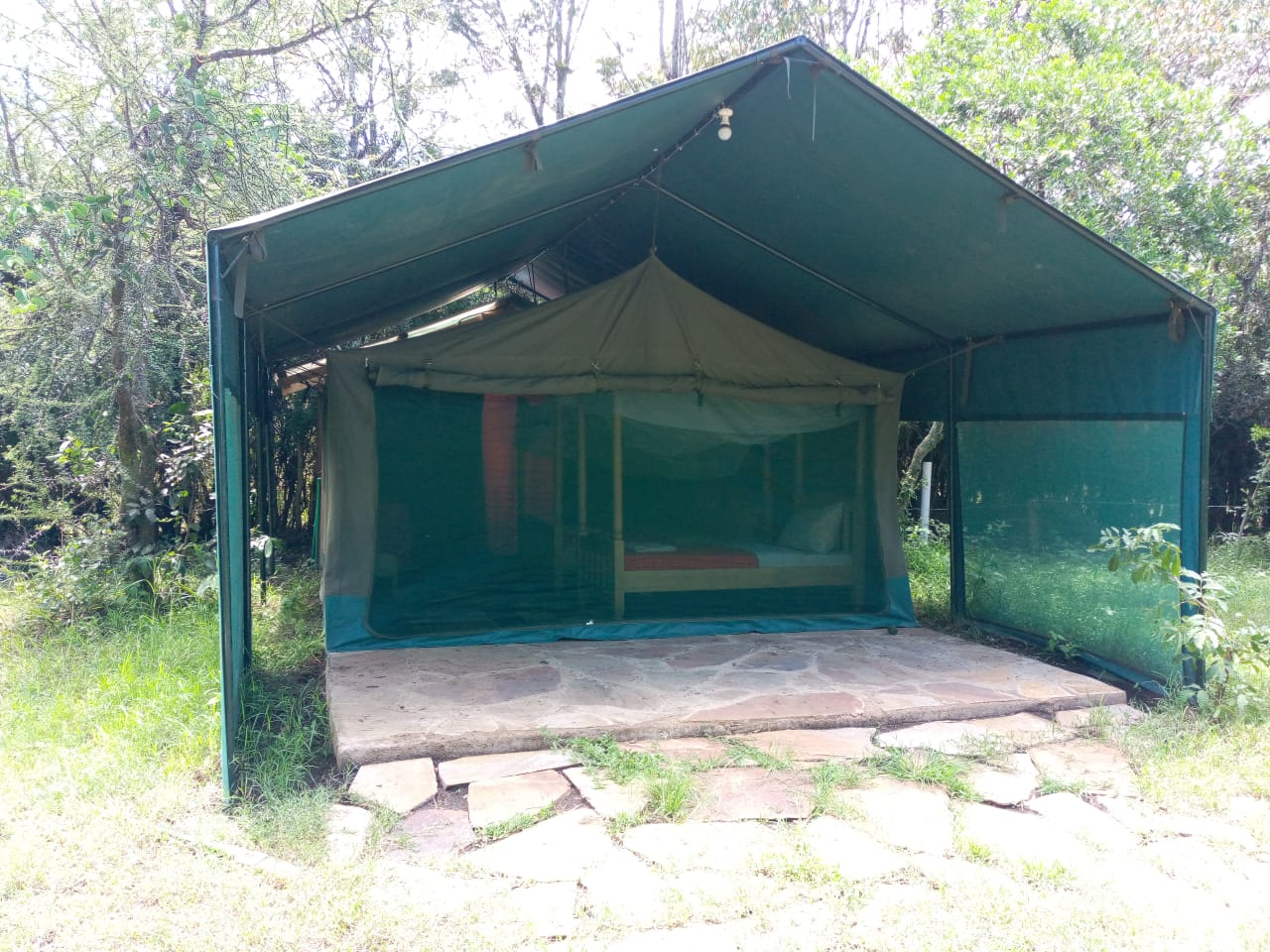
1. Dome Tents
-
Description: Arguably the most popular tent shape, dome tents are characterized by two flexible poles that cross in the center to create a dome-like structure.
-
Best For: Beginner campers, backpackers, and general-purpose camping.
-
Pros: Excellent stability and wind resistance due to their aerodynamic shape. Relatively lightweight and easy to set up. Good headroom in the center.
-
Cons: Wall angles can slope sharply, reducing usable interior space around the edges.
2. Cabin Tents
-
Description: As the name suggests, these tents are designed to mimic the vertical walls of a cabin. They use nearly straight poles to maximize interior volume.
-
Best For: Family camping, car camping, and base camping where weight is not an issue.
-
Pros: Massive amounts of headroom and livable space throughout the entire tent. Often feature room dividers for privacy. Feels spacious and open.
-
Cons: Heavier and bulkier. Poor performance in high winds due to their boxy, flat surfaces.
3. Tunnel Tents (or Hoop Tents)
-
Description: These tents use multiple flexible poles arranged in parallel hoops to create a tunnel-like structure.
-
Best For: Families and groups who need a good balance of space and weight.
-
Pros: Offers a great ratio of living space to weight. The tunnel design often creates large vestibule areas for gear storage. Stable when pitched correctly and guyed out.
-
Cons: Can be less stable in crosswinds than dome tents. Requires more space to pitch.
4. Geodesic and Semi-Geodesic Tents
-
Description: A more technical evolution of the dome tent. Geodesic tents have three or more poles that cross over each other at multiple points, creating a very strong, self-supporting structure. Semi-geodesic tents have fewer crossing points.
-
Best For: Mountaineering, alpine camping, and extreme weather conditions.
-
Pros: Unmatched strength and stability in high winds and heavy snow loads. Freestanding.
-
Cons: Heavier, more expensive, and can have a more complex setup.
5. Pop-Up Tents (Instant Tents)
-
Description: These tents are pre-assembled with a spring-loaded frame that allows them to “pop up” into shape instantly when removed from their carry bag.
-
Best For: Festival-goers, casual car campers, and anyone who values speed and simplicity.
-
Pros: Incredibly fast and easy setup, often taking less than a minute.
-
Cons: Can be difficult to fold back into their bag. Generally less durable and stable in bad weather.
Chapter 2: Decoding Tent Sizes – How Big of a Tent Do You Really Need?
Tent sizing is one of the most misunderstood aspects of buying a tent. A “6-person tent” does not mean it will comfortably sleep six adults with their gear. Manufacturers calculate capacity based on a tight sleeping arrangement, like sardines in a can, with no extra space.
A good rule of thumb is to subtract two people from the manufacturer’s rating for a comfortable fit. Here’s a detailed breakdown of common tent sizes:
1-Person and 2-Person Tents
-
Floor Area: ~20-35 sq. ft. for 1P; ~30-50 sq. ft. for 2P.
-
Best For: Solo backpackers or hiking duos who prioritize minimal weight and pack size above all else.
-
Considerations: Very cozy. In a 2-person tent, you will be shoulder-to-shoulder with your tent mate. Gear is often stored in a vestibule outside the sleeping area.
3-Person and 4-Person Tents
-
Floor Area: ~40-60 sq. ft. for 3P; ~55-80 sq. ft. for 4P.
-
Best For: Couples who want extra space for gear, small families with one or two young children, or a group of three friends.
-
Considerations: A 4-person tent is often the perfect sweet spot for two adults and their gear, offering room to sit up and move around comfortably.
6-Person and 8-Person Tents
-
Floor Area: ~80-100 sq. ft. for 6P; ~100-140 sq. ft. for 8P.
-
Best For: Family camping. These tents are designed for car camping where weight is irrelevant. They often feature room dividers to create separate “rooms.”
-
Considerations: These are large, heavy tents. Ensure you have a large enough vehicle to transport it and a large enough flat spot at the campground to pitch it.
10-Person Tents and Beyond
-
Floor Area: 140+ sq. ft.
-
Best For: Large groups, base camps, and camping with multiple families. These are essentially portable cabins.
-
Considerations: Setup is often a two-person job and can be time-consuming. Check that the campground allows tents of this size.
Chapter 3: Key Features and Technical Specifications Explained
Understanding the technical jargon will help you make an informed decision.
-
Seasonality: This indicates the weather conditions a tent is designed for.
-
3-Season: The most common type. Perfect for spring, summer, and fall. They provide excellent ventilation and protection from rain and wind but are not built for snow load.
-
3-4 Season: A robust version of a 3-season tent with stronger poles and more durable fabrics, capable of handling early winter snowfalls.
-
4-Season (Expedition): Built for winter mountaineering. They have strong pole structures, minimal mesh for heat retention, and are designed to handle heavy snow and high winds.
-
-
Rainfly: This is a waterproof sheet that fits over the tent body. There are two types:
-
Full-Coverage Rainfly: Extends to the ground, offering superior weather protection and creating vestibules for gear storage.
-
** Roof-Half Rainfly:** Only covers the top half of the tent. Offers less protection but better ventilation and stargazing opportunities.
-
-
Vestibule: A covered area outside the tent door but under the rainfly. It’s crucial for storing dirty boots, packs, and other gear, keeping the sleeping area clean and dry.
-
Waterproofing: Hydrostatic Head (HH)
-
This is a measure of a fabric’s water resistance. It indicates the height of a column of water (in millimeters) that the fabric can support before water begins to seep through.
-
1,000mm HH: Adequate for light rain.
-
1,500mm – 3,000mm HH: Good for standard camping and sustained rain.
-
5,000mm HH and above: Excellent, expedition-level waterproofing.
-
-
Poles: Most modern tents use aluminum or fiberglass poles.
-
Aluminum: Lighter, stronger, and more durable. They are also more expensive and are found on higher-end tents.
-
Fiberglass: Heavier and can splinter over time, but they are more affordable and common on budget-friendly tents.
-
-
Ventilation: Crucial for reducing condensation inside the tent. Look for features like mesh panels on doors and windows, and roof vents that can be opened even in the rain.
Chapter 4: How to Choose the Right Tent – A Step-by-Step Guide – family camping tents
Follow this process to narrow down your choices:
-
Identify Your Primary Use: Are you backpacking, car camping with family, or mountaineering? This will immediately dictate the tent type (lightweight dome vs. spacious cabin).
-
Determine the Capacity: Use the “minus two” rule. For two people, look at 3-4 person tents for comfort.
-
Set a Budget: Tents range from under $100 to over $1000. Set a realistic budget but remember: your tent is your shelter from the storm. It’s often worth investing in quality.
-
Research and Compare: Read reviews and compare specs like weight, packed size, HH rating, and materials.
-
Practice Setting It Up: Once you buy it, practice pitching it in your backyard. You don’t want to figure it out for the first time in the dark or in the rain.
Frequently Asked Questions (FAQs)
Q1: What is the best brand of camping tent? how to choose a camping tent
A: There is no single “best” brand. Reputable brands known for quality across different categories include MSR, The North Face, and Big Agnes for backpacking; REI Co-op for great all-around value; and Coleman, Core, and Ozark Trail for reliable family car camping tents.
Q2: How long does a good camping tent last?
A: With proper care and storage, a quality tent can last for 10-15 years or even more. longevity depends on usage frequency, exposure to sun (UV degradation), and, most importantly, how well it is cleaned and stored after each trip.
Q3: How do I prevent condensation inside my tent?
A: Condensation is caused by moisture from your breath and body hitting the cooler tent walls. To minimize it: 1) Pitch your tent in a breezy area, 2) Ensure all vents are open, 3) Avoid bringing wet clothes inside, and 4) In severe cases, gently wipe the walls down with a microfiber towel.
Q4: Can I wash my tent?
A: Never machine wash or dry your tent. To clean it, set it up and gently scrub the interior and exterior with a soft sponge, lukewarm water, and a non-detergent soap specifically designed for technical gear. Rinse thoroughly and let it air dry completely before storing.
Q5: What does ‘freestanding’ mean?
A: A freestanding tent can hold its shape without being staked into the ground (like most dome tents). This is a huge advantage on rocky terrain or platforms where staking is difficult. However, you should always stake it out for stability in wind.
Q6: Is a footprint necessary?
A: A footprint is a custom-sized ground cloth that protects the tent floor from abrasion, moisture, and punctures. While not strictly necessary, it is highly recommended. It extends the life of your tent and adds an extra layer of waterproofing. You can make your own from a lightweight tarp, but ensure it is slightly smaller than the tent floor to avoid channeling water underneath.
Conclusion: Your Adventure Awaits
Your tent is the cornerstone of your camping experience. It’s worth taking the time to understand your needs, research your options, and invest in a quality shelter that will provide comfort and protection for countless adventures to come. Whether you’re a solo hiker seeking minimalist refuge or a family creating lasting memories, the perfect tent is out there waiting to become your home away from home. Now that you’re armed with knowledge, you’re ready to make a confident choice and step into the great outdoors.


